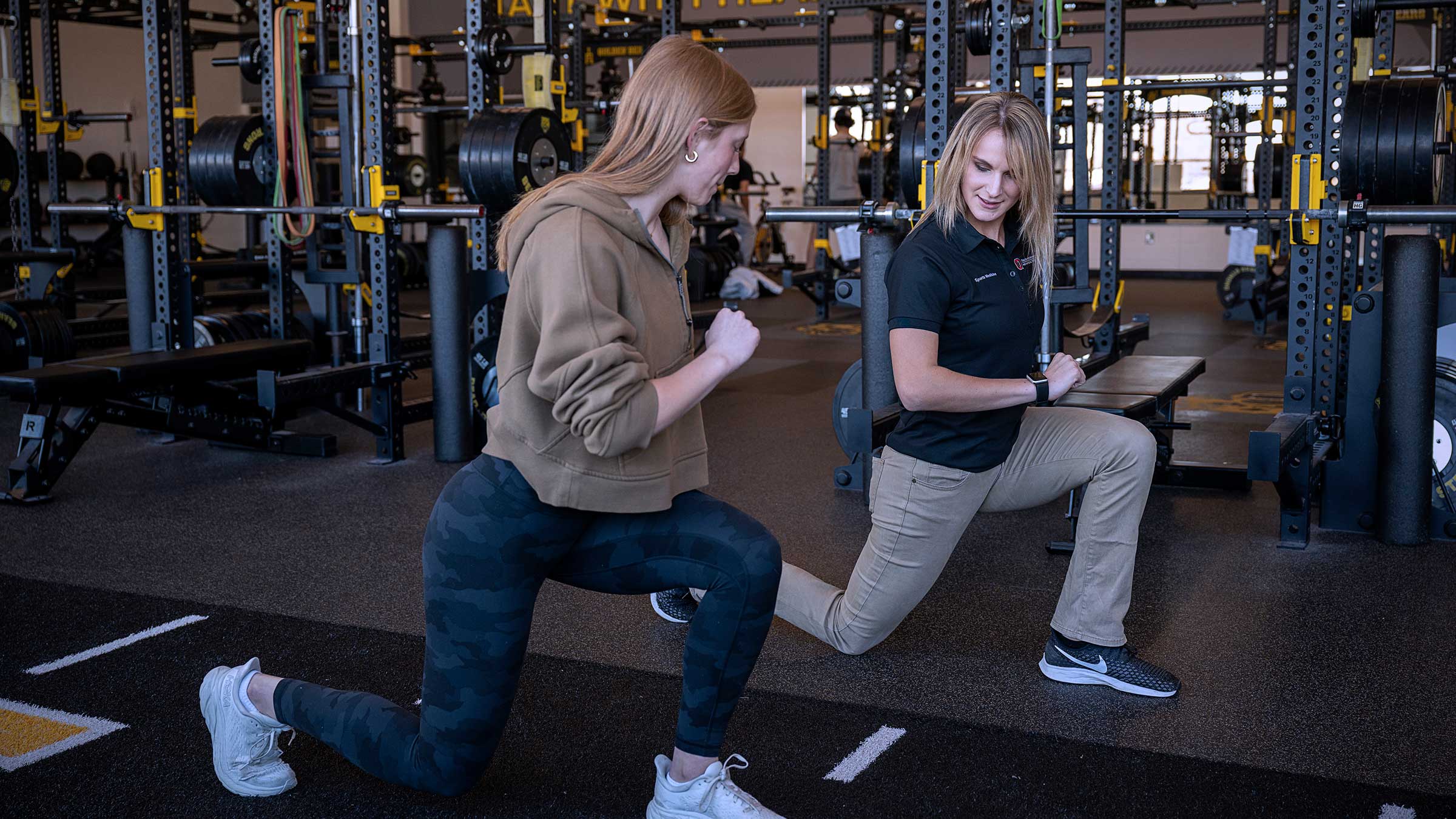Effective Approaches for Alleviating Dyspnea in Physical Rehabilitation Appointments
Effective Approaches for Alleviating Dyspnea in Physical Rehabilitation Appointments
Blog Article
Dyspnea, or trouble breathing, is a common issue that many people face, especially those with chronic lung conditions, heart problems, or other medical conditions. In rehabilitation therapy appointments, addressing breathing difficulties is crucial for helping clients improve their overall quality of life. By utilizing specific techniques and strategies, physical therapists can assist patients in managing their breathing difficulties. Understanding these effective approaches can empower both therapists and patients to work together more effectively in overcoming challenges related to dyspnea.
One of the primary techniques used to alleviate dyspnea in physical therapy is the application of regulated breathing activities. These activities often focus on abdominal breathing, which promotes patients to use their breathing muscle rather than their upper thoracic muscles when breathing in. This approach helps to increase lung capacity and efficiency. Additionally, pursed lip breathing is another technique that can be helpful. This method requires inhaling through the nose and breathing out slowly through compressed lips, which can assist to keep airways clear longer and render breathing feel more manageable. By including these exercises into therapy sessions, physical therapists can provide patients with tools to manage their dyspnea both during and beyond of their appointments.
Another crucial aspect of controlling dyspnea in physical therapy is the creation of an individualized exercise regimen. Tailoring exercises to meet the individual needs and capabilities of each patient is crucial. Therapists should gradually introduce aerobic exercises, such as ambulating or cycling, in a structured manner, allowing patients to build their endurance over a period. This progressive method helps patients to feel more at ease with fitness activity while simultaneously improving their lung function and overall endurance. It is vital for therapists to monitor patients closely during these exercises to ensure they are not overexerting themselves, which could result to increased shortness of breath.
Education also plays a major role in alleviating dyspnea during physical therapy appointments. Providing patients with information about their condition and the mechanisms behind dyspnea can enable them to take charge of their health. Therapists can describe how elements like anxiety, posture, and environmental conditions can influence breathing. By understanding these concepts, patients can discover to control their issues check this more efficiently. Techniques such as stress reduction strategies and proper body posture can additionally assist in reducing the effects of breathing difficulties during daily activities and therapy sessions.
In summary, effectively alleviating dyspnea in physical therapy appointments involves a mix of breathing activities, individualized exercise programs, and patient teaching. By applying these effective approaches, physical therapists can assist patients control their respiratory difficulties and improve their overall well-being. Collaboration between therapists and patients is crucial to create customized interventions that meet specific needs. With the appropriate support and methods, patients can find relief from dyspnea and engage more completely in their physical therapy process, eventually leading to a better quality of life.